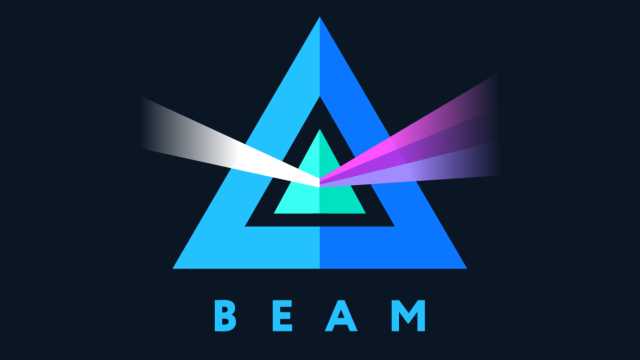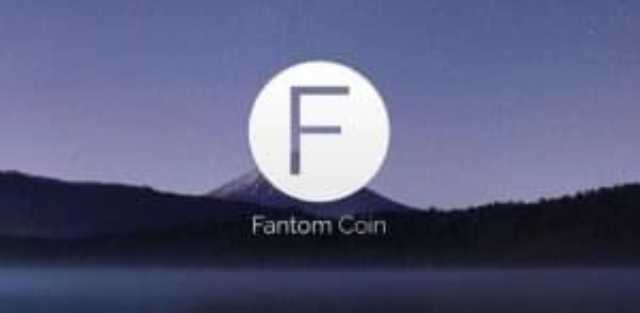
By progressively lowering the overall supply of SHIB, this deflationary strategy aims to eventually raise the token’s value. While staked ETH withdrawals were able to be processed on the testnet, blocks weren’t completed until about 90 minutes after the fork went live. PulseChain launched on May 12th, 2023 and thousands of users and millions of dollars flowed onto the blockchain. Ethereum is now on its way to becoming way more efficient thanks to proof-of-stake. As long as it’s not flooded with traffic, developers should soon notice better speeds and costs on their dApps. A common misconception is that The Merge would bring massive upgrades.
- EtherZero is also a “Proof of Work” based fork – this means that the only truly effective way to mine it would be by using GPU types of rigs.
- Join millions, easily discover and understand cryptocurrencies, price charts, top crypto exchanges & wallets in one place.
- Proof of Work is the cryptocurrency protocol you’re probably most familiar with, in which miners perform the computations to verify transactions and are rewarded with tokens.
- Though it garnered significant attention from the start, Ethereum’s biggest moment came in April 2016, with a radical experiment called the Distributed Autonomous Organization, or the DAO.
- That is, it is maintained by dispersed node operators who work together to achieve consensus.
Staking deposit contract deployed
Ideally, every device would abandon the old version and move to the new one. That never happens because no one can force every node to update, and not Ethereum Hard Fork everyone will want to. Hence why Ethereum forks temporarily start with fewer nodes (e.g., +75% of the initial number), which lowers its security.
Homestead EIPsOfficial improvements included in this fork.More
This shift will empower the community to participate more actively in the network’s growth and evolution. The Cardano network is approaching a significant milestone as up to 72% of its stake pool operators (SPOs) have signaled their readiness for the upcoming Chang hard fork upgrade. The Gray Glacier update followed after block 15,050,000, expected by June 30th of 2022. As typical, it delayed the difficulty bomb by several months, although less than usual. It’s not a major upgrade, but an urgent one in response to a premature difficulty bump. The Altair update followed on October 27th of 2021 after epoch 74,240 (around block 13,500,000).
Developers agreed to April 12 for the long-awaited upgrade that will enable staked ETH withdrawals.

The Shanghai upgrade brought staking withdrawals to the execution layer. In tandem with the Capella upgrade, this enabled blocks to accept withdrawal operations, which allows stakers to withdraw their ETH from the Beacon Chain to the execution layer. The Deneb upgrade contains a set of improvements to Ethereum’s consensus aimed towards improving scalability. https://www.tokenexus.com/ This upgrade comes in tandem with the Cancun execution upgrades to enable Proto-Danksharding (EIP-4844), along with other improvements to the Beacon Chain. London is one of the significant updates we’ve seen regarding how users interact with Ethereum. Many previous updates have changed a lot of systems that we don’t usually see when using Ethereum.
- The users of that particular blockchain can elect to upgrade and follow one path or not upgrade and stay with the other.
- DApps utilizing Plutus V1 or V2 scripts must take note of the new cost models introduced with the upgrade, which will impact transaction fees.
- This Ethereum Improvement Proposal, which is co-authored by Vitalik Buterin and Martin Swende, also relates to gas prices much like EIP-2565.
- That’s because that particular pool of funds exists as an application on the Ethereum blockchain, which is dispersed around the world on whatever servers run its code.
- This wasn’t the last time they would delay, but hopefully, it would be enough to standardize proof-of-stake.
They saw this change as a violation of the fundamental meaning of „decentralized“. The Arrow Glacier network upgrade pushed back the difficulty bomb by several months. This is the only change introduced in this upgrade, and is similar in nature to the Muir Glacier upgrade. Similar changes have been performed on the Byzantium, Constantinople and London network upgrades.
- As a result, the network is better positioned for the Chang hard fork, which seeks to redistribute governance responsibilities from Cardano’s development firm, IOHK, to ADA holders.
- The London upgrade introduced EIP-1559(opens in a new tab), which reformed the transaction fee market, along with changes to how gas refunds are handled and the Ice Age schedule.
- Throughout Ethereum’s lifespan, there have been (and still will be) three big ETH hard forks – Ethereum Classic, EtherZero, and Metropolis.
- On October 18th of 2016, Tangerine Whistle came in response to the previous month’s DoS spam attacks.
- Any nodes that have not been upgraded to the new ruleset will be abandoned on the old chain where the previous rules continue to exist.
- From inception to the total transition of the consensus mechanism, these are the ten most significant Ethereum hard forks in order.
- To make sure the network incentivizes validators to Ethereum 2.0’s Proof of Stake consensus model at the correct time, EIP-3238 has delayed the time bomb.
Because the two versions of the software typically remain compatible in soft forks and not for hard forks, a hard fork creates two blockchains, while a soft fork still remains one blockchain. In some cases, hard forks have resulted in an alternate version of the blockchain with enough supporters to maintain it, resulting in a new cryptocurrency. If contracts held to be inviolable can effectively be overturned by a collective decision to run new software, what guarantee do financial institutions have that their transactions and funds are secure? “I think this exposes one of the problems [facing financial institutions],” says Simon Taylor, a co-founder of financial technology consultancy 11FS, based in London. They are called soft because they don’t change anything surrounding the actual structure of the protocol. That leaves a hard fork, where the core developers of Ethereum unilaterally make the decision to essentially create a new version of the network with different rules than the original.
